.webp)
Tillamook
Note: Unfortunately, Tillamook does not maintain or publish detailed historical records of their ice cream flavor release and discontinuation dates. The company has been making ice cream since 1947, and most discontinuations appear to have occurred gradually over the past 10-20 years.
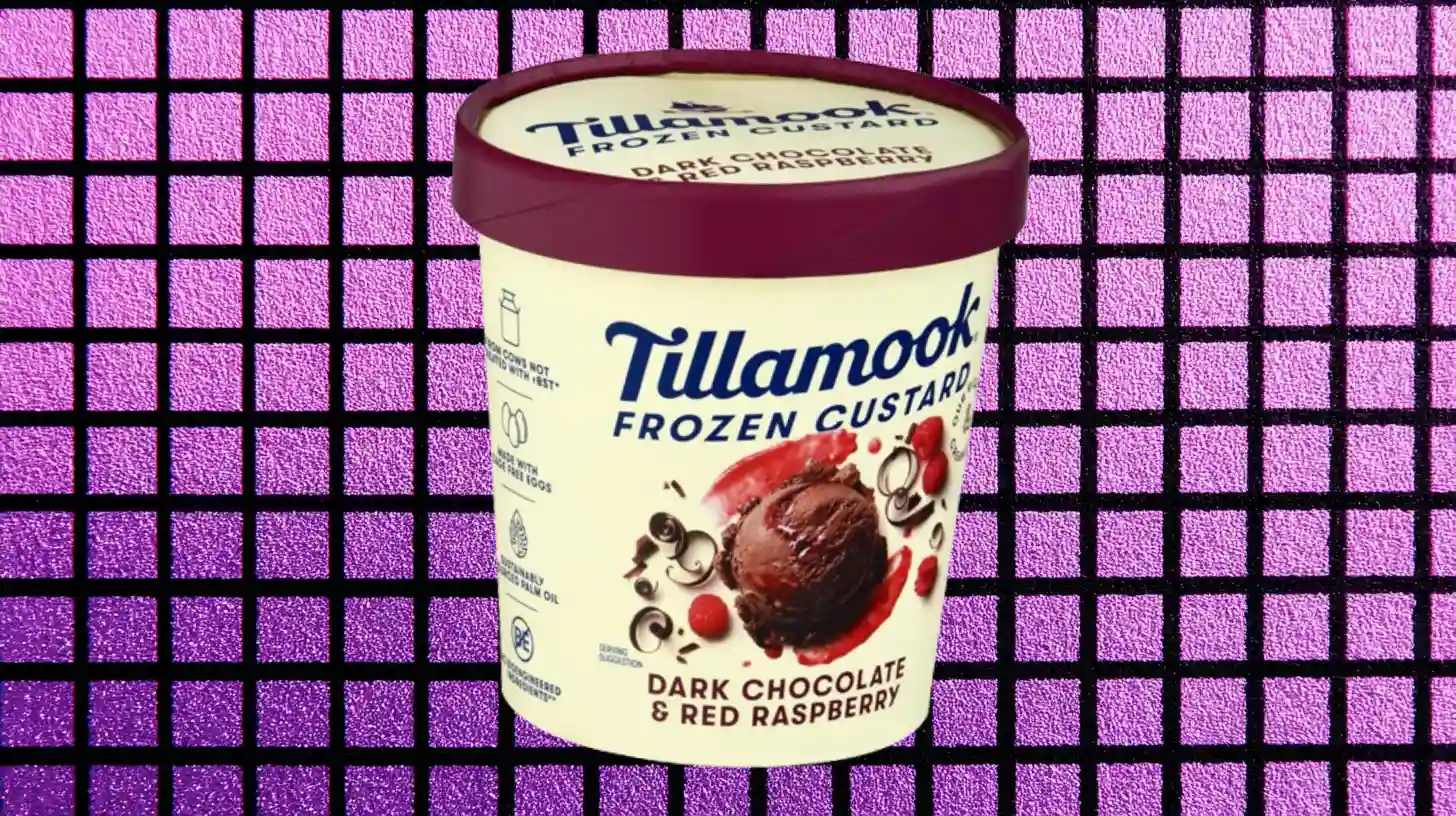
This flavor was a marriage of Oregon’s tart red raspberries with deep, dark chocolate custard.
The combination wasn’t accidental. Tillamook’s food scientists understood that raspberry’s natural acidity perfectly balanced chocolate’s richness. The flavor created those “wow” moments. Consumers couldn’t stop till the tub of ice cream was gone.
Part of the doomed Frozen Custard Collection, this flavor continues to inspire the company.
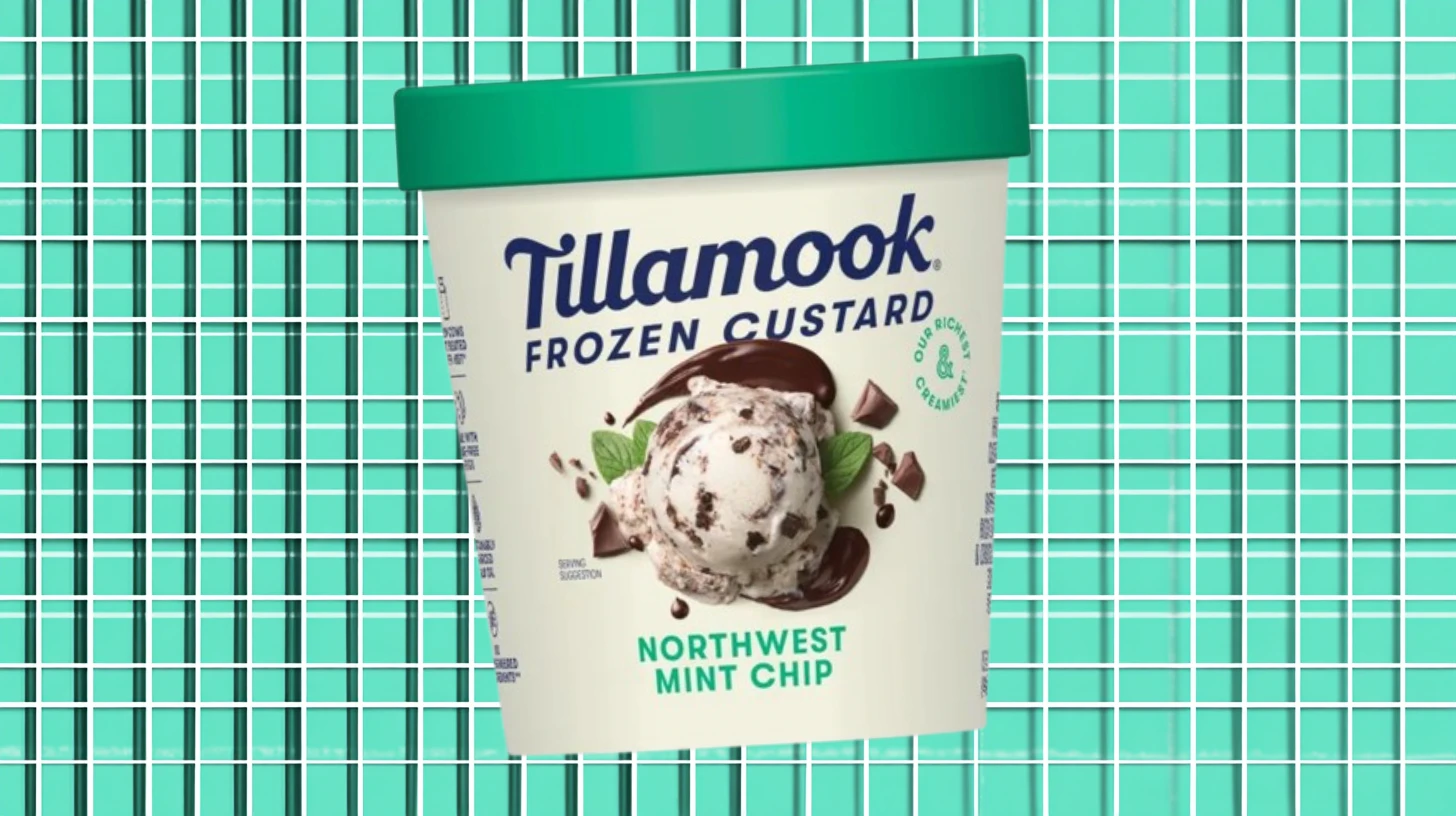
Before craft cocktails made mint trendy, Tillamook was celebrating the Pacific Northwest’s love affair with fresh, cooling flavors.
Not your typical bright-green mint chip. The custard base delivered a more refined mint experience. Think of an elegant dinner party rather than summer camp. Dark chocolate chips provided textural contrast that elevated the flavor to a new level.
The Northwest in the name wasn’t marketing fluff. This flavor captured the region’s appreciation for clean, natural tastes.
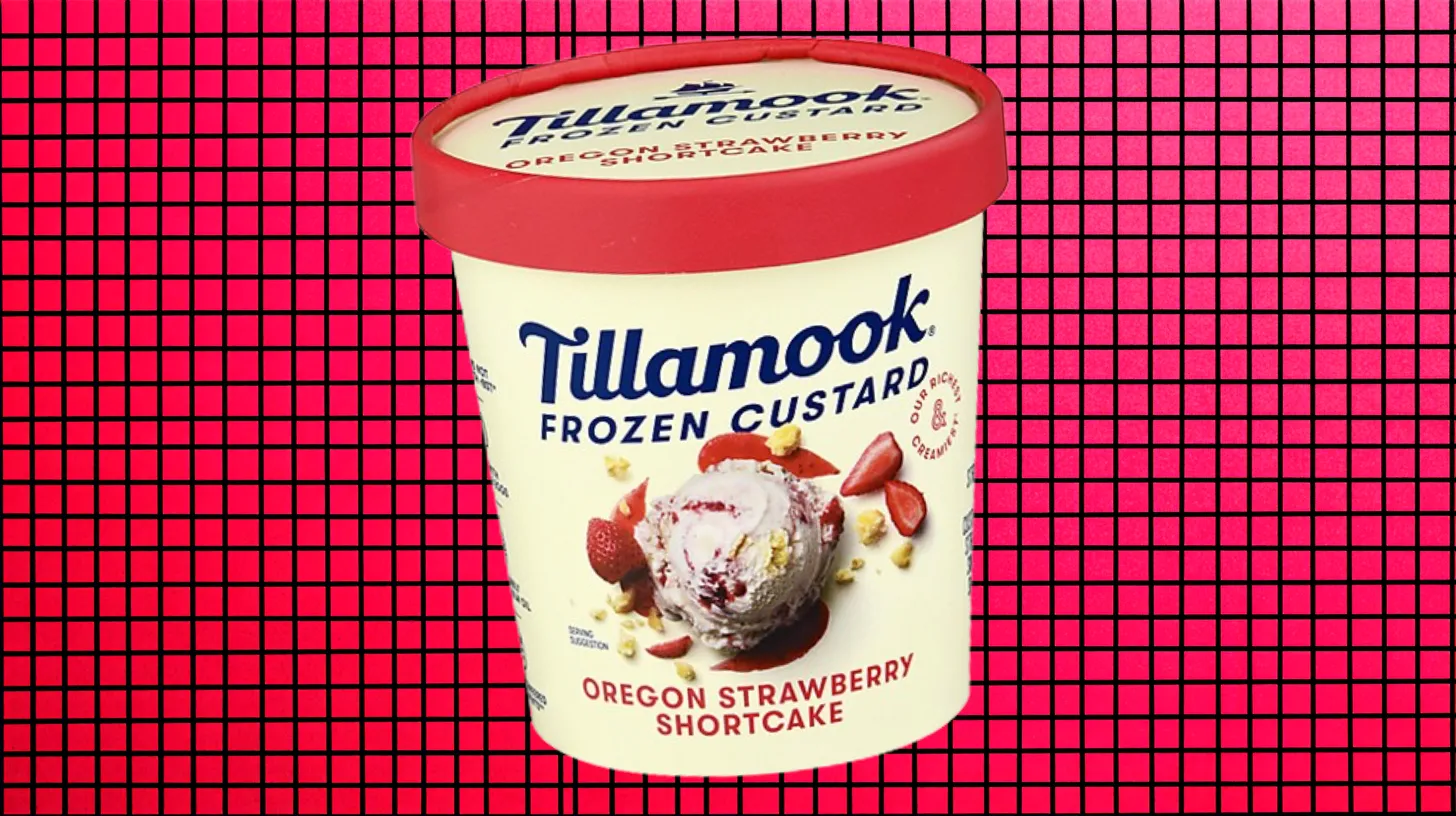
It’s summer and you are in Oregon.
This flavor told the story of the state’s legendary strawberry harvest. The sweet berries that make Hood strawberries famous worldwide. Combined with actual cake pieces and that signature custard base, it was like eating strawberry shortcake at a church picnic. But better.
But it was challenging to maintain the cake texture in frozen custard, which requires precise moisture control. Too much, and you get soggy disappointment. Too little, and the cake turns to dust. So of course the ice cream flavor was discontinued.
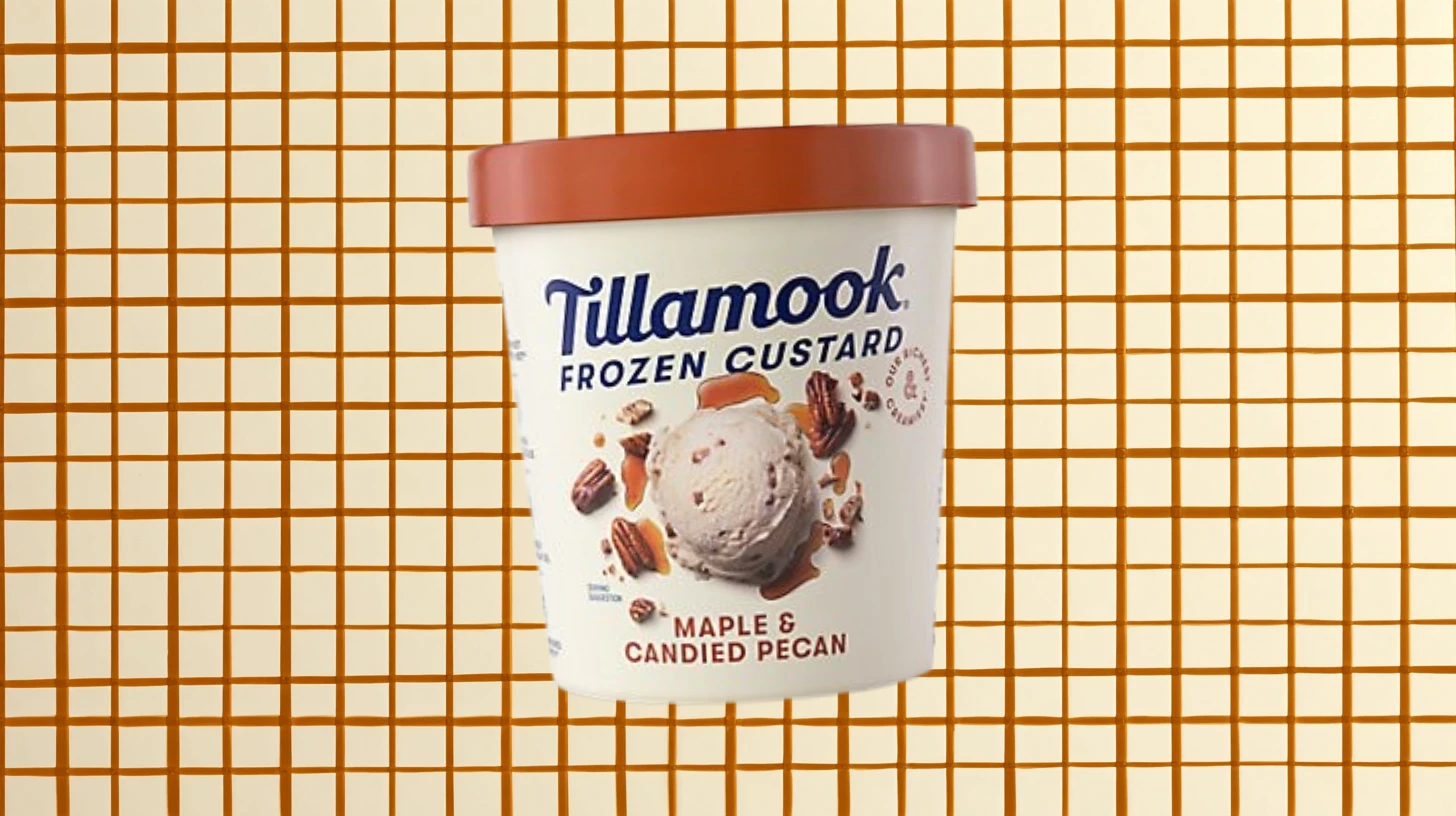
A love letter to autumn.
Made with real maple syrup, created the base, while candied pecans added that satisfying crunch. The custard format allowed the maple flavor to develop complexity that regular ice cream couldn’t achieve.
But pecans proved problematic. Price volatility and supply chain issues made this premium flavor too expensive to produce for the long haul.
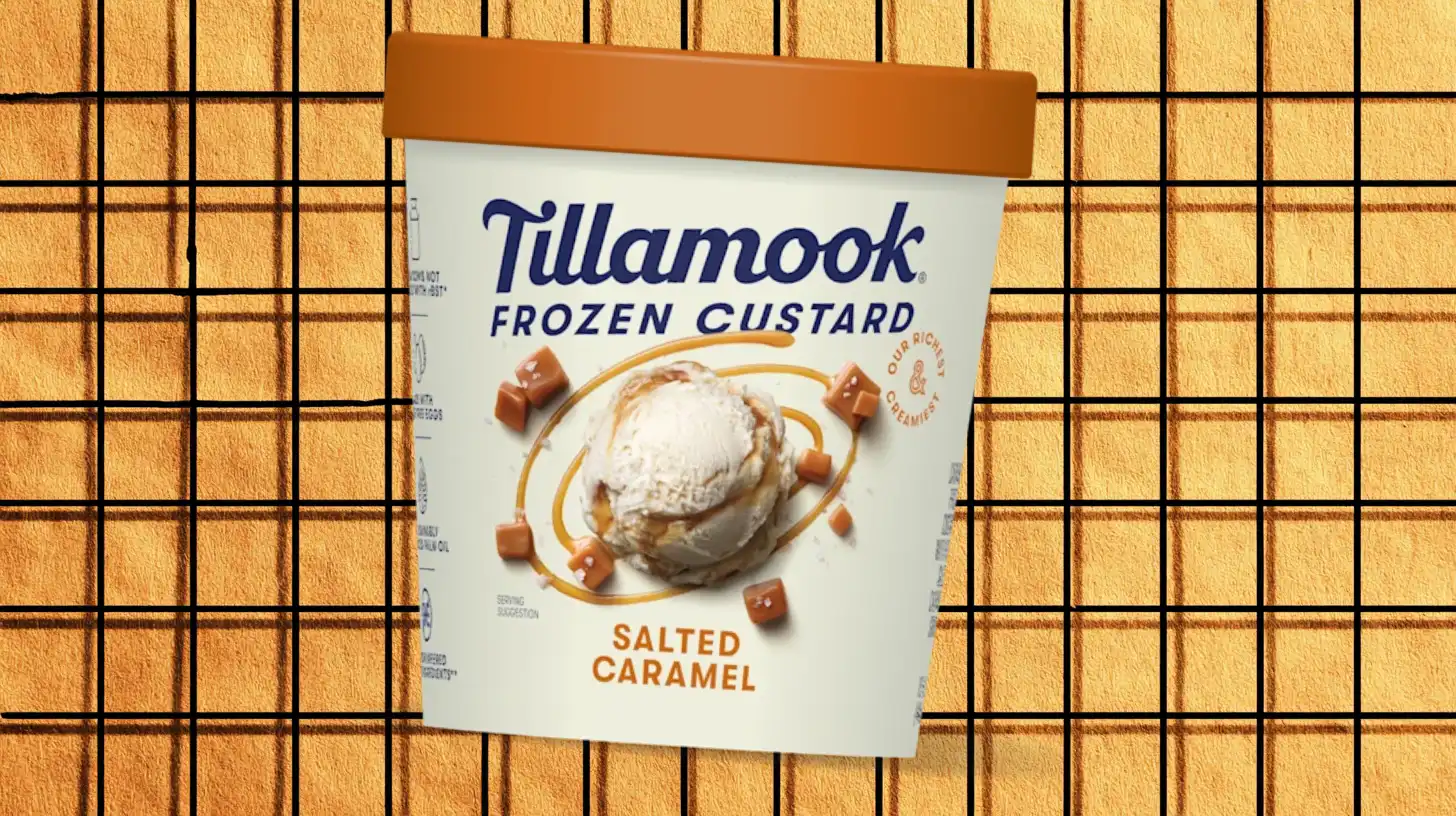
Before salted caramel became ubiquitous, Tillamook was innovating with this trendy flavor.
This custard represented the sweet-and-salty trend at its peak. The custard base allowed for deeper caramel development.
The irony? By the time salted caramel reached market saturation, this premium version had already disappeared. It was a victim of its own success as imitators flooded the market.
.webp)
The flavor that launched a thousand chocolate cravings.
Mudslide featured a rich chocolate base swirled with fudge ribbons and loaded with brownie pieces. This was Tillamook’s answer to premium competitors.
The original formula became a legend among ice cream enthusiasts. When Tillamook occasionally brings back “Mudslide,” longtime fans debate whether it matches the original’s perfection.
%20.webp)
Oregon produces 99% of America’s hazelnuts. So it was inevitable that Tillamook would bring it to ice cream.
The original Oregon Hazelnut celebrated the state’s agricultural crown jewel with pure, unadulterated hazelnut flavor. Roasted hazelnuts provided texture while hazelnut extract delivered that distinctive, slightly sweet nuttiness that made Oregon hazelnuts world-famous.
The salted caramel hybrid replaced the original version.
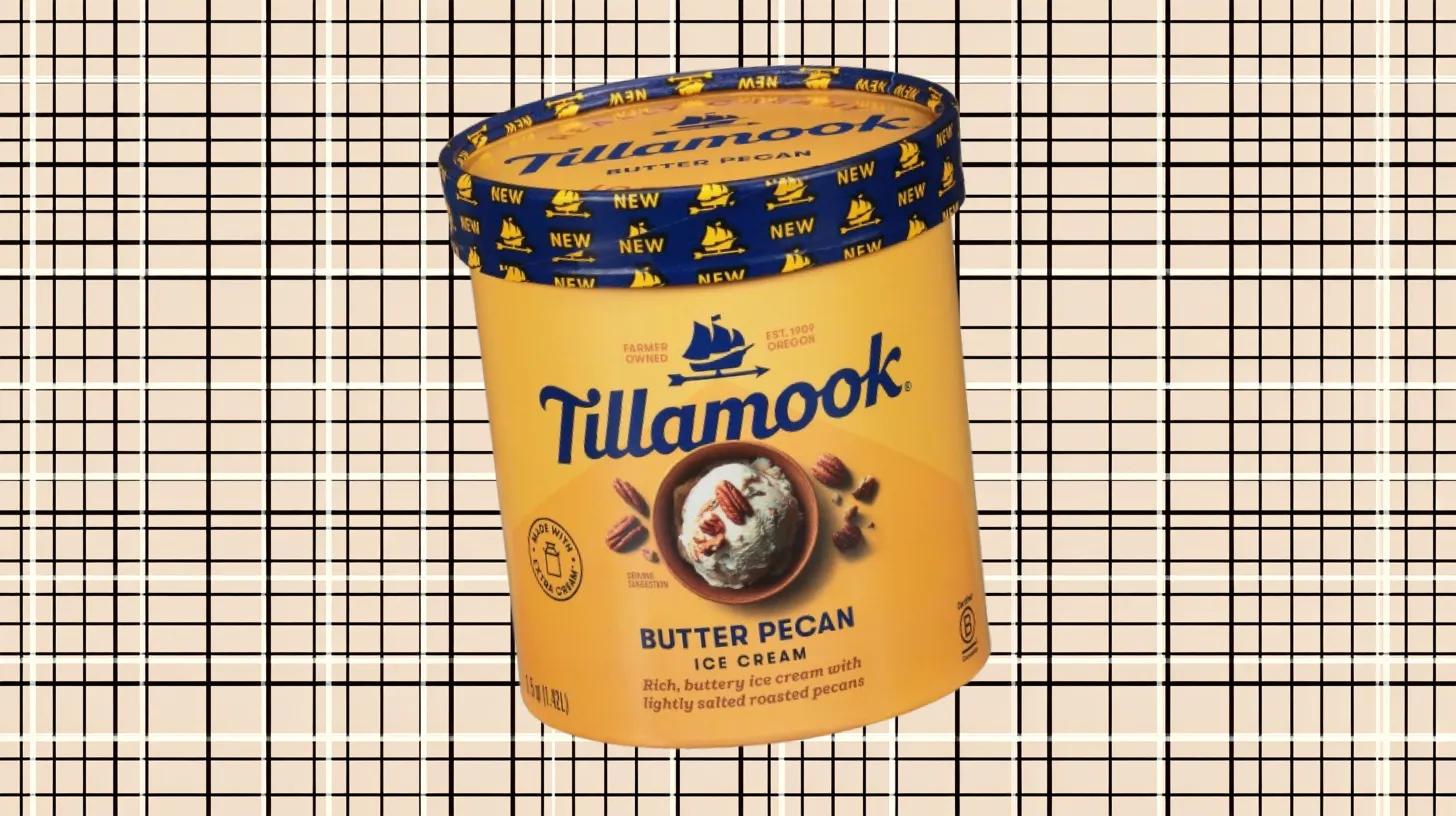
Southern comfort, Oregon style.
This Tillamook ice cream flavor captured classic American dessert traditions while maintaining their quality standards. It used rich caramel ice cream studded with buttery pecans. The flavor made you think of pecan pie and family gatherings.
Pecan price volatility ultimately doomed this flavor as pecans doubled in price overnight.
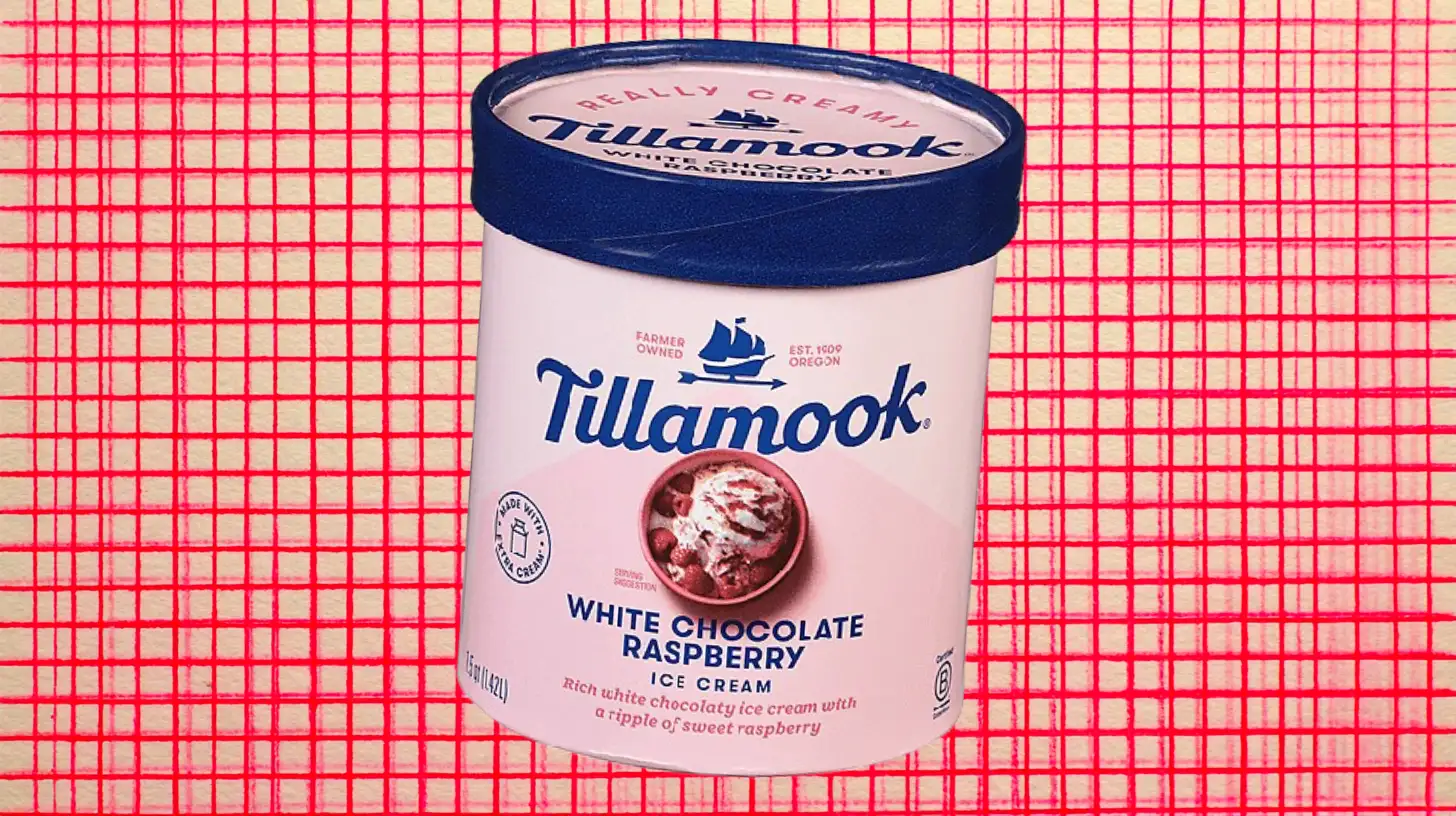
Elegance in frozen form.
This sophisticated flavor combined creamy white chocolate with tart raspberry swirls, creating a dessert that felt more like fine dining than at a grocery store. The flavor was beyond basic chocolate and vanilla.
Limited appeal proved its downfall.